New Rule Lets 'Any' U.S. Agency Bypass Safety Checks, Oversight on 'Enhanced' Pandemic-Level Pathogen Gain-of-Function Experiments: White House Document
Office of Science and Technology Policy (OSTP) grants all federal departments power to resurrect extinct viruses like smallpox and the 1918 "Spanish" flu and modify high-risk pathogens.
Summary:
A new rule from the U.S. Office of Science and Technology Policy (OSTP) allows any federal department to waive safety oversight on high-risk research involving enhanced pathogens for up to 180 days, with renewal options.
This unprecedented leeway raises concerns about diminished oversight and the motives behind allowing such risky research to bypass standard safety protocols.
The rule, issued by OSTP in May 2024, follows mandates from the 2022 National Biodefense Strategy and National Security Memorandum 15, with the OSTP coordinating with federal agencies like NIH, CDC, and DOD.
The policy covers “Dual Use Research of Concern” (DURC), where experiments meant for public benefit could be misused to harm public health, agriculture, or national security.
The waiver applies across all federal departments, extending to federal agencies outside departments, giving broad power to exempt high-stakes pathogen research from oversight.
The policy includes “Category 1” and “Category 2” research, targeting highly dangerous pathogens, including Select Agents and Risk Group 3 and 4 pathogens, as well as resurrecting extinct viruses like smallpox and the 1918 flu.
Category 2 research focuses on enhancing or reintroducing Pathogens with Pandemic Potential (PPP), creating direct risks by reviving eradicated viruses.
The OSTP document avoids using “gain-of-function” terminology, despite defining activities that match GOF, likely due to the controversy linking GOF research to the origins of the COVID-19 pandemic.
The COVID-19 pandemic is widely believed to be linked to GOF experiments funded by NIH at China’s Wuhan Institute of Virology, heightening global scrutiny of such research.
A new rule issued by the U.S. Office of Science and Technology Policy (OSTP) permits the Secretary of “any federal department” to waive oversight requirements for high-risk research involving pathogens with “enhanced” pandemic potential for up to 180 days, with the option for renewals—effectively allowing such risky research to bypass standard safety checks.
Follow Jon Fleetwood: Instagram @realjonfleetwood / Twitter @JonMFleetwood / Facebook @realjonfleetwood
This unprecedented leeway granted by the Biden administration aims to expedite government response during “emergencies,” but raises concerns about reduced oversight and government motives.
The document, titled “United States Government Policy for Oversight of Dual Use Research of Concern and Pathogens with Enhanced Pandemic Potential,” was issued by the Office of Science and Technology Policy (OSTP) on May 6, 2024.

The policy was issued directly by the OSTP, part of the Executive Office of the President, meaning it didn’t require congressional approval.
What Is ‘Dual Use’ Research?
“Dual use” refers to biological research and experiments whose “methodologies, materials, or results could be used to cause harm,” according to the National Institutes of Health (NIH).
Dual Use Research of Concern (DURC) is a “subset of life sciences research that, based on current understanding, can be reasonably anticipated to provide knowledge, information, products, or technologies that could be directly misapplied to pose a significant threat with broad potential consequences to public health and safety, agricultural crops and other plants, animals, the environment, materiel, or national security,” per NIH.
Executive Power and Federal Coordination
The issuance of the new rule follows directives established by the 2022 National Biodefense Strategy and Implementation Plan and National Security Memorandum 15 and according to Section 2315 of the Consolidated Appropriations Act, 2023 (42 U.S.C. § 6627).
OSTP is part of the Executive Office of the President (EOP) and advises the President on scientific, engineering, and technological aspects that are relevant to U.S. policies and priorities.
The office coordinates with various federal agencies, including the National Institutes of Health (NIH), the Centers for Disease Control and Prevention (CDC), the National Science Foundation (NSF), the Department of Energy (DOE), the Department of Defense (DOD), the Environmental Protection Agency (EPA), and the National Aeronautics and Space Administration (NASA).
New Oversight Policy Allows ‘Emergency’ Waivers for High-Risk Pathogen Research
This new policy “addresses oversight of research on biological agents and toxins that, when enhanced, have the potential to pose risks to public health, agriculture, food security, economic security, or national security,” the new document reads.
This encompasses biological research proposed for federal funding that may be “reasonably anticipated to involve the creation, transfer, or use of pathogens with enhanced pandemic potential (PEPPs).”
This also includes “the creation of new pathogens with pandemic potential (PPP) from non-PPPs as well as the enhancement of existing PPPs.”
A pathogen with pandemic potential (PPP) is a pathogen that is “likely capable of wide and uncontrollable spread in a human population and would likely cause moderate to severe disease and/or mortality in humans,” according to the new OSTP document.
A pathogen with enhanced pandemic potential (PEPP) is a type of pathogen with pandemic potential (PPP) “resulting from experiments that enhance a pathogen’s transmissibility or virulence, or disrupt the effectiveness of pre-existing immunity, regardless of its progenitor agent, such that it may pose a significant threat to public health, the capacity of health systems to function, or national security.”
Significantly, the new policy lets “any” federal department bypass safety checks on high-risk pathogen research during emergencies if they claim the benefits outweigh the risks.
The document reads:
“The Secretary of any federal department that funds research covered under Category 1 or Category 2 may issue a waiver temporarily exempting all research proposals on a designated biological agent or toxin from the oversight process... if the Secretary determines that... such research is urgently required... to facilitate an effective response to such an emergency; and, (3) the benefits of such a waiver exceed the potential risks.”
Additionally, it specifies that, for federal funding agencies “not under a department,” the agency head may issue such a waiver, extending this power across various federal departments and independent funding agencies that oversee or fund high-stakes pathogen research.
You can read the full document below:
‘Category 1’ and ‘Category 2’ Research: Resurrecting Smallpox and Spanish Flu?
The new policy covers “Category 1” and “Category 2” research.
Category 1 research focuses on a broad range of high-risk pathogens, including all Select Agents and certain Risk Group 3 and 4 pathogens.
Select Agents and certain Risk Group 3 and 4 pathogens are highly dangerous biological agents that pose significant threats to public health and safety.
These include a range of deadly viruses, bacteria, and toxins that could potentially be used as bioweapons.
Select Agents, such as anthrax bacteria and smallpox virus, are specifically listed and tightly controlled by the U.S. government.
Risk Group 3 pathogens, like HIV and the tuberculosis bacterium, can cause serious diseases but often have available treatments.
Risk Group 4 pathogens, such as Ebola and Marburg viruses, are the most dangerous, causing severe, often fatal diseases with limited treatment options.
These agents require maximum security laboratories, extensive safety protocols, and are strictly regulated.
Only authorized personnel in approved facilities can work with them, conducting crucial research for developing defenses against potential bioterrorism and advancing our understanding of these dangerous pathogens.
Category 2 research involves Pathogens with Pandemic Potential (PPP) or the reconstitution of eradicated or extinct pathogens (like smallpox).
This category centers on experiments expected to enhance a pathogen’s ability to infect or evade immunity in humans, posing direct risks to public health infrastructure and security by potentially reviving diseases previously controlled or eradicated.
The scope includes extinct pathogens (e.g., smallpox, 1918 influenza “Spanish flu”), highlighting risks related to reconstituting or studying eradicated viruses.
“Current eradicated and extinct pathogens include Variola major, Variola minor, and 1918 H1N1 Influenza virus,” the document reads.
“Research within the scope of Category 2 are those experimental outcomes or actions with a pathogen that are reasonably anticipated to... Enhance transmissibility of the pathogen in humans; Enhance the virulence of the pathogen in humans; Enhance the immune evasion of the pathogen in humans such as by modifying the pathogen to disrupt the effectiveness of pre-existing immunity via immunization or natural infection.”
Document Avoids Using Term ‘Gain-of-Function’
By definition, enhancing a pathogen’s characteristics to increase its transmissibility, virulence, or immune evasion qualifies as gain-of-function (GOF) research, where organisms are deliberately modified to gain new abilities or traits that make them more infectious or dangerous.
According to the Congressional Research Service: “Gain-of-Function (GOF) research is a broad area of scientific inquiry where an organism gains a new property or an existing property is altered.”
The OSTP document likely avoids using the term “gain-of-function” due to the public and scientific controversy surrounding GOF research, particularly in light of concerns that such work could lead to biosecurity risks or be exploited for harmful purposes.
The COVID-19 pandemic is widely believed to have resulted from gain-of-function experiments conducted through funding from NIH at China’s Wuhan Institute of Virology, sparking global scrutiny over the potential dangers of enhancing pathogens in lab settings and the role of GOF research in outbreak scenarios.
Follow Jon Fleetwood: Instagram @realjonfleetwood / Twitter @JonMFleetwood / Facebook @realjonfleetwood
DHS Warns of State-Sponsored, AI-Engineered 'DNA Modification to Develop Biological Weapons to Target Specific Groups' of Americans: Homeland Threat Assessment
The U.S. Department of Homeland Security’s (DHS) 2025 Homeland Threat Assessment (HTA) released earlier this month is raising the alarm about the development of “biological weapons” utilizing “DNA modification” that can target “specific groups” of Americans.
American Bioweapons: Then & Now
The United States had an extensive offensive biological weapons program stretching back at least to World War II and the Cold War era.
Treaty 'Loophole' Allows World Governments to Develop Deadly Bioweapons Like COVID and Corresponding Vaccines: Yale Professor (Video)
The ‘Convention on the Prohibition of the Development, Production and Stockpiling of Bacteriological (Biological) and Toxin Weapons and On Their Destruction,’ known as the “Biological Weapons Convention” (BWC), was opened for signature in April 1972 and took effect in March 1975.
Biden Admin Accused of ‘Murder,’ ‘Treason,’ ‘Genocide,’ and Use of ‘Weapons of Mass Destruction’ with COVID-19 Shots, 5G, Chemtrails, Mosquitos: Texas Lawsuit
A monumental lawsuit filed on October 15, 2024, in the Southern District of Texas accuses Joe Biden, Dr. Rochelle Walensky, Alejandro Mayorkas, and other top officials of “murder,” “treason,” “genocide,” and facilitating the use of weapons of mass destruction.
Vaccines Are DOD 'Bioweapons': Global Conspiracy Using Public Health to 'Kill Lots of People' Constitutes 'War Crimes' (Video)
In a series of troubling assertions, Katherine Watt of Bailiwick News, a writer and paralegal, alleges that a global campaign is being conducted under the guise of public health measures, aimed at population control and mass harm.
U.S. 'Relaxes' Biolab Regulations for Handling Deadly Pathogens Despite Ex-CDC Chief's Bird Flu Pandemic Warning
The United States has “temporarily relaxed strict guidelines” for handling, storing, and transporting dangerous H5N1 bird flu samples, following a request from the Association of Public Health Laboratories (APHL), a U.S. government-funded nonprofit membership organization.
After U.S. Military 'Genetically Engineers' Plague DNA Into E. Coli Bacteria, WHO Adds Black Death to New Pandemic Watchlist, Raising 'Bioweapon' Concerns: Journal 'Access Microbiology'
The Black Death plague, bird flu, and monkeypox are among 24 threats that have been added to the World Health Organization’s (WHO) watchlist of the pathogens “that could trigger the next pandemic,” The Telegraph first reported on Tuesday.
U.S. Gov't Manufactures Bird Flu PCR Test In-House Without Third-Party Oversight
The United States government has come under scrutiny for manufacturing the bird flu PCR test in-house without third-party oversight, raising concerns about the accuracy and reliability of the tests as well as their purpose.
NIH Admits Funding Gain-of-Function Research in Wuhan, China (Video)
Dr. Lawrence A. Tabak, Principal Deputy Director of the National Institutes of Health (NIH), on Thursday admitted before the U.S. House of Representatives Select Subcommittee on the Coronavirus Pandemic that his agency did fund risky gain-of-function research in Wuhan, China.



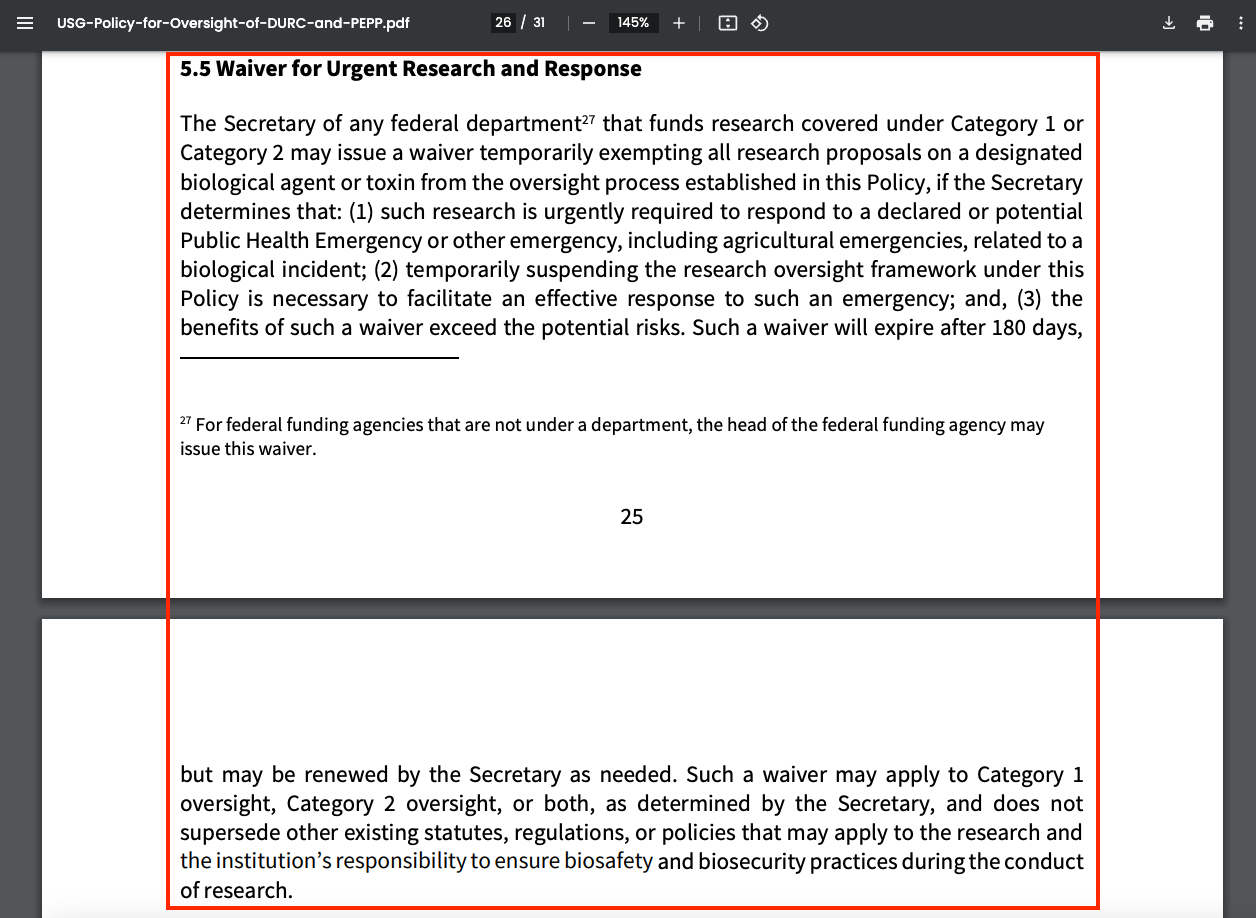

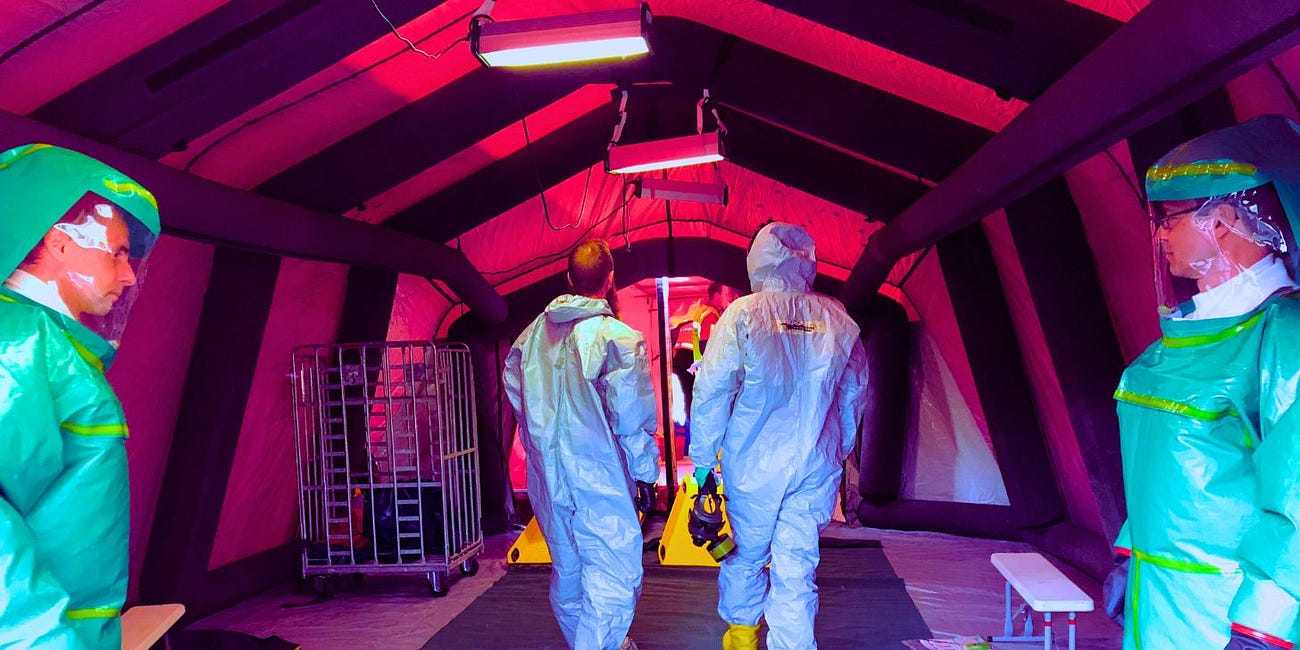

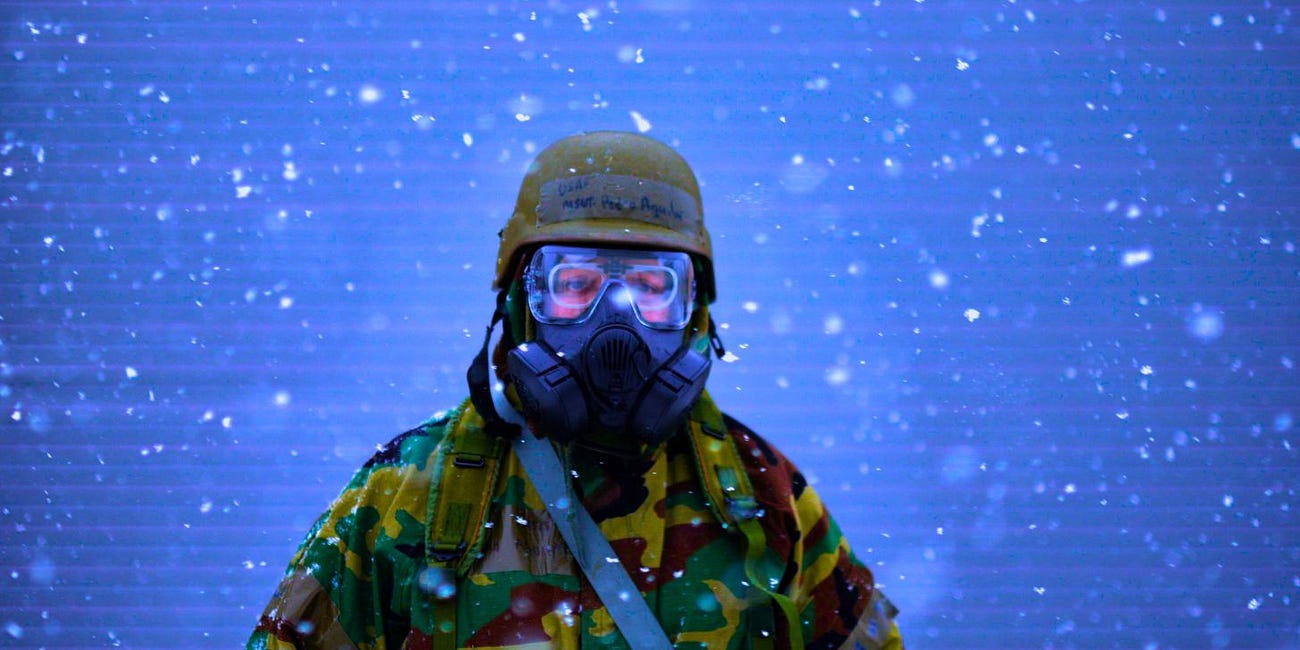

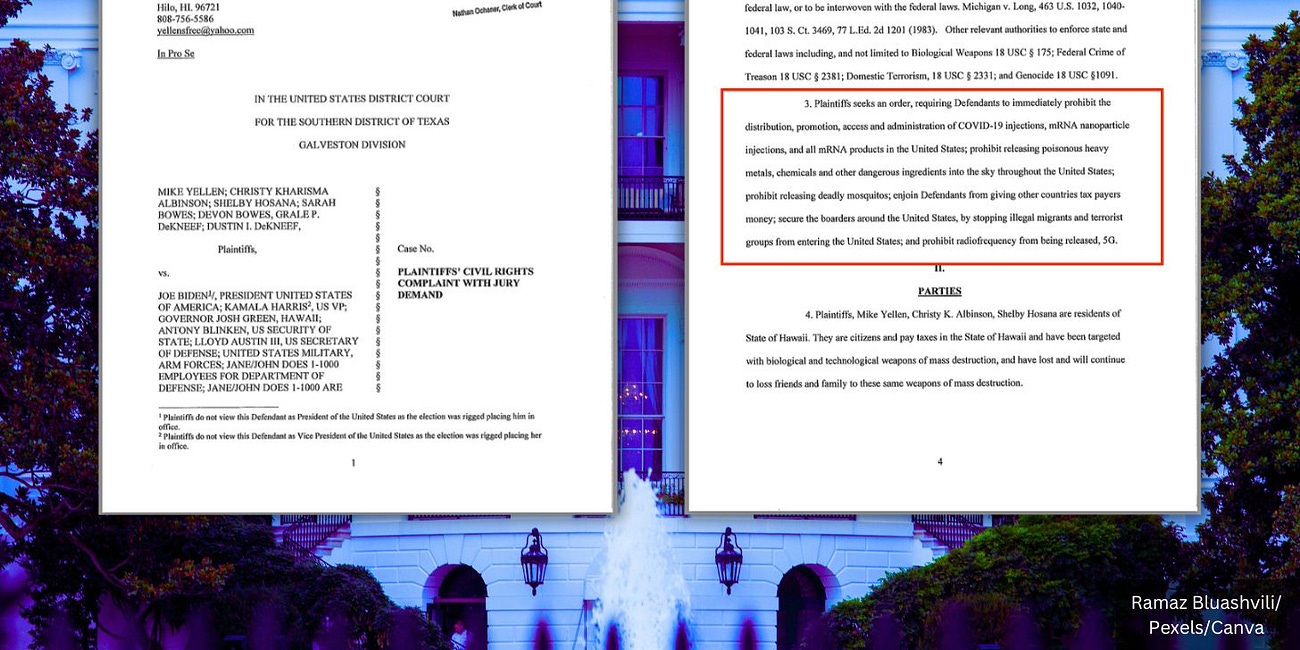

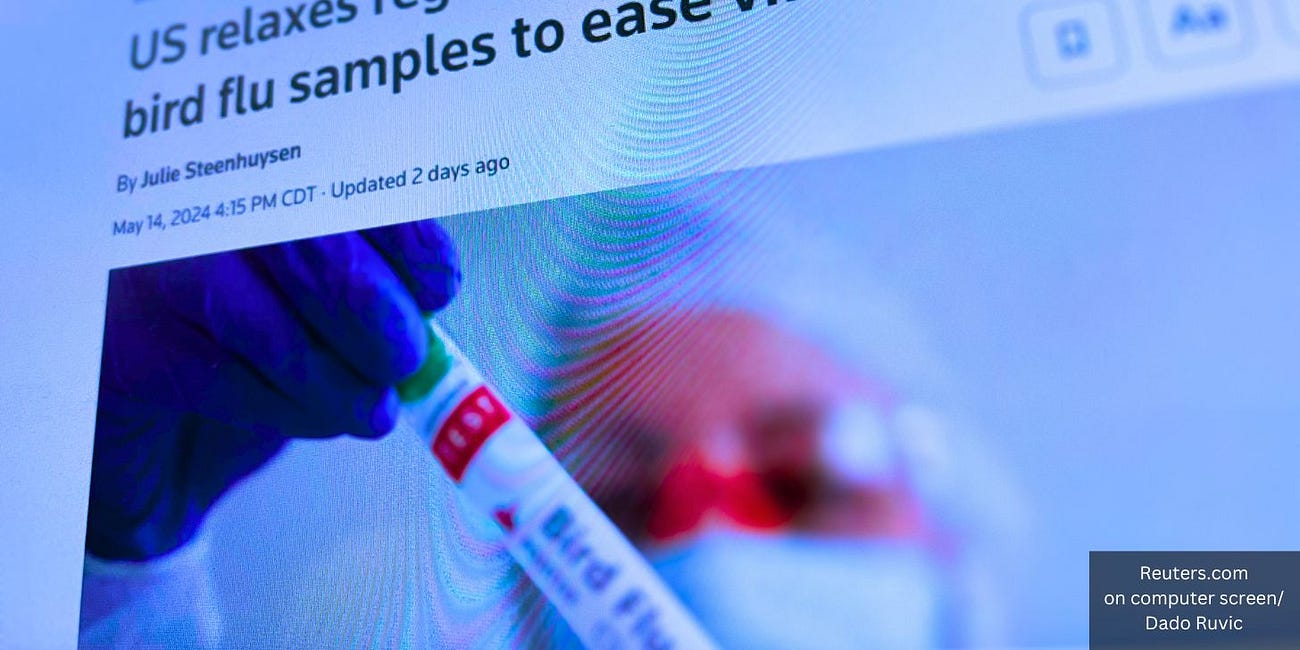


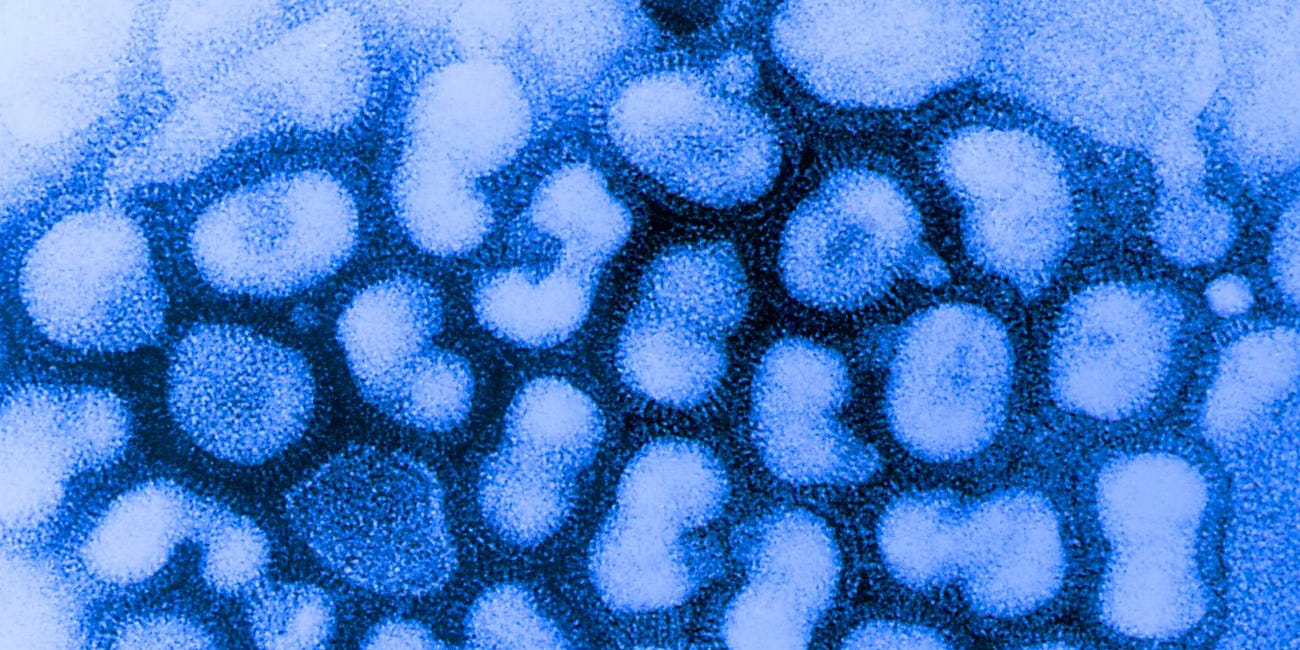

The FOXES are running the hen house. Or, the nuts are running it instead
of the squirrels. I trust the squirrels over the nuts!. They are sick sick sick nuts.
It's not surprising one bit to see that the government doesn't want us in or seeing their business!
A couple of links to that info seems to have been taken down and/or is no longer available 🤔